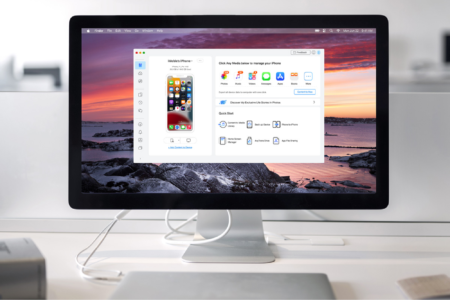Henrik Fisker, CEO of electric car maker, Fisker, cut his salary to $1 in an attempt to cover bankruptcy costs after filing for Chapter 11 protection last month.
A filing on Tuesday in bankruptcy court on behalf of Fisker’s Chief Restructuring Officer John DiDonato stated that Fisker and his wife, Dr. Geeta Gupta-Fisker, (who serves as COO) were voluntarily reducing their salary to $1 annually.
Related: Elon Musk Reignites Feud With Henrik Fisker
The couple reportedly made the decision on July 8, following a July 3 hearing where the pair was asked if they were still on the payroll by a lawyer for the office of the U.S. Trustee to make sure all cost-cutting options were in place as bankruptcy proceedings continued.
The filing also stated that Fisker would waive “certain severance payments, certain employee healthcare benefits, and vehicle sale incentive bonuses” that weren’t yet paid.
Fisker CEO Henrik Fisker speaks during their inaugural “Product Vision Day” (Frederic J. BROWN / AFP) (Photo by FREDERIC J. BROWN/AFP via Getty Images)
It is not yet clear how much the Fiskers were paid before lowering their salaries, though it was stated in a separate SEC filing in 2022 that they each received cash bonuses of $710,000 and a minimum wage salary of $62,400.
Related: This Company Caps CEO Pay Depending on How Much Its Lowest-Paid Employee Makes
The electric vehicle company, once seen as a threat to Tesla and others, filed for bankruptcy protection in Delaware court last month just one year after delivering its first vehicle, Ocean, and six years after its official founding.
“Like other companies in the electric vehicle industry, we have faced various market and macroeconomic headwinds that have impacted our ability to operate efficiently,” Fisker said in a statement at the time of its filing. “After evaluating all options for our business, we determined that proceeding with a sale of our assets under Chapter 11 is the most viable path forward for the company.”
The company estimated that its assets were between $500 million and $1 billion, with liabilities between $100 million and $500 million.
Read the full article here











